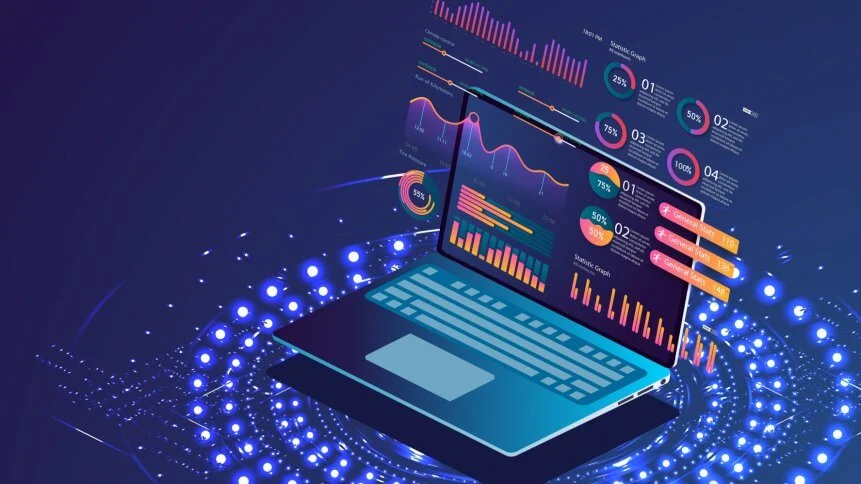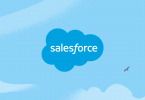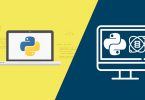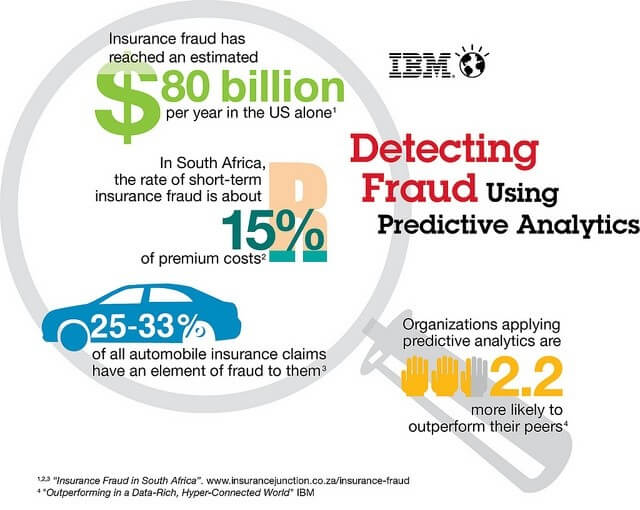Some of the most successful companies use BI systems at every level of decision-making, from strategy to everyday operations, in order to gain a competitive advantage based on useful information. Companies that want to work smarter in today’s data-driven environment are investing in strategies to better manage and comprehend the abundance of information.

Some of the specific advantages that firms gain from employing BI include:
- Increased operational process efficiency.
- Insight into client behavior and purchasing habits.
- Accurate sales, marketing, and financial performance tracking.
- Clear benchmarks based on past and present facts.
- Data irregularities and client difficulties are immediately alerted.
- Analyses that can be disseminated across departments in real-time.
At Svitla Systems we work with hundreds of various companies across the globe to observe how fast new ecosystems form, leading to continuous convergence of analytics, business intelligence, data science, and machine learning technologies. To achieve greater value and extract data insights that power smart business decisions, most top businesses leverage business intelligence tools to manage their products, services, and goods. In this article, we share some of the best tools in the market.
Domo
With data apps, self-service analytics, automated reporting, and embedded analytics, you can unlock new value by placing well-governed, actionable data in the hands of every business decision-maker, frontline worker, and stakeholder inside or outside your organization.
Features/advantages:
- Sub-second queries at scale
- Over 1,000 pre-built and custom data connectors
- Bi-directional data flow to write data back to source systems
- Over 150 interactive chart types
- Real-time alerts and push notifications
Examples of use in large companies: The NBA partnered with Domo to turn their estimated viewership processes from manual computation to an automated pipeline that can produce instantaneous assessments of estimated viewers.
Oracle Analytics Cloud
A unified platform that enables your entire business to ask any question of any data—in any environment, on any device.
Features/advantages:
- Self-service, the approach enables users to create stunning visuals to explain their results and share them with colleagues.
- Data preparation and enrichment are built into the analytics cloud platform.
- Business scenario modeling for self-service, multidimensional, and visual analyses
- Enterprise reporting, governance, and security, with a semantic layer
Examples of use in large companies: Western Digital, one of the largest computer hard disk drive manufacturers in the world, uses Oracle Analytics Cloud to improve availability for 72,000 employees and improve speed resolution with mobility and collaboration tools.
Power BI
Microsoft Power BI is an analytics software that analyzes company data and shares insights through beautiful representations.
Features/advantages:
- Create complex visualizations and shareable reports.
- Centralized platform for creating live customized dashboards and leveraging on-premises data via Power BI gateways.
- Out-of-the-box connections and pre-built dashboards for 59 popular apps and services.
- In-depth visual data analysis with free-form drag-and-drop canvas and a library of powerful visualizations.
Examples of use in large companies: Cerner’s Power BI report library enables associates to easily and quickly access data by report type. Cerner associates may get the critical insights required to perform an Ambulatory Assessment with a single click.
Qlik
A third-generation analytics platform that enables everyone in a company to make data-driven decisions.
Features/advantages:
- The search bar function lets you type in keywords and phrases to find data sets, graphs/charts, reports, and other items quickly.
- Drag-and-drop capabilities allow for simple dashboard and report generation.
- Qlik Sense operates as a centralized location to easily create and distribute apps, data stories, and insights.
- Consolidate several data sources onto a single platform.
Examples of use in large companies: Airbus uses Qlik to consolidate data sources and optimize aircraft production.
SAS Visual Analytics
A company’s flagship product for self-service data preparation, visual exploration, interactive reporting, and dashboards, as well as simple analytics.
Features/advantages:
- AS Visual Analytics combines reporting, data exploration, and analytics into a single application.
- Use machine learning and natural language explanations to locate, illustrate, and narrate easy-to-understand and explain stories and insights.
- Highlight essential correlations, outliers, clusters, and more automatically to reveal critical insights that motivate action.
Examples of use in large companies: WWF uses SAS Analytics to pinpoint the contact method – such as a catalog mailer, phone call, or email – that resonates with each donor. WWF also uses SAS to determine the ideal frequency, content, and theme to use for each donor.
Sisense
The Sisense data and analytics platform makes it extremely simple to combine data from across your whole data environment and transform it into powerful, actionable analytics apps that can be embedded anywhere.
Features/advantages:
- Work on a single platform to achieve digital transformation.
- Containerized, microservices architecture with single to multi-tenant deployments.
- A powerful suite of tools for business intelligence that can quickly and securely transform raw data into insights.
Examples of use in large companies: Air Canada uses Sisense to extract meaningful insights and has become an indispensable operational management tool.




Leave a Comment